Sunday 19th July 2015
Turning back to July, when I spent a weekend camping down near the Jurassic Coast in Dorset and this stop at a National Trust property came once I had packed up, left the camp site and had begun the long journey home.
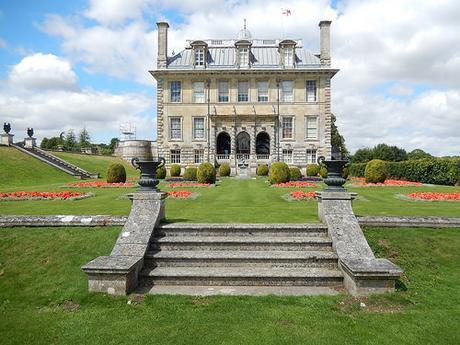
There were a number of other properties I considered visiting within the Dorset area. What sold Kingston Lacy to me was the inclusion of one of the largest private collections of Egyptian artefacts within the United Kingdom. But we’ll get to that a bit further on.

It was a good 30-45 minute drive from the camp site. Yet it would still act as a convenient detour from the long drive home, which would otherwise be close to a complete two-and-a-half hours.
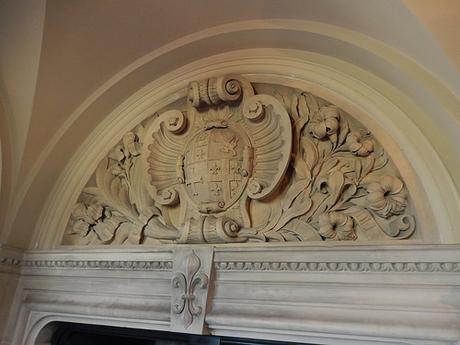
I arrived around mid-morning and not long after the house would’ve opened. With blue skies following a clear and sunny forecast, the hordes and holidaymakers were also arriving on time. Therefore, I decided to make a break for the main house first, so that I could enjoy and appreciate the outdoor space later on.

This home was once occupied by the Bankes family – the same name who, at one time, were occupants of Corfe Castle.

Upon one wall of the library were the original keys to the castle itself – which, in case you didn’t know, is another National Trust property and one I visited in July 2014.
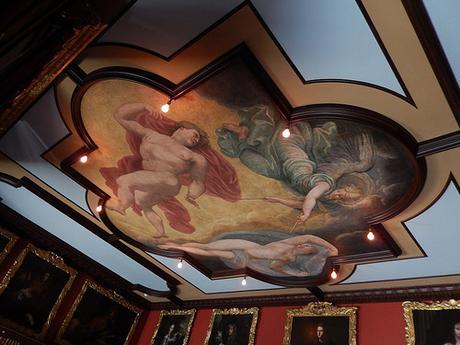
I always find it a little disorientating, walking around these National Trust-owned houses…
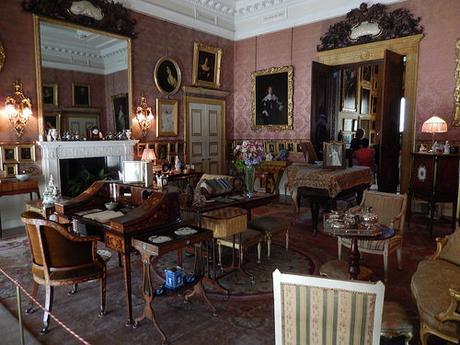
With certain sections roped off for preservation and many rooms to explore, I find it’s easier to lose the sense of which side of the building you’re actually following…
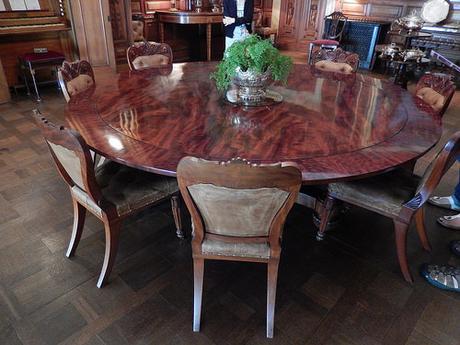
Quite often, I find myself staring beyond the rope of one door way, experiencing a sense of déjà-vu.
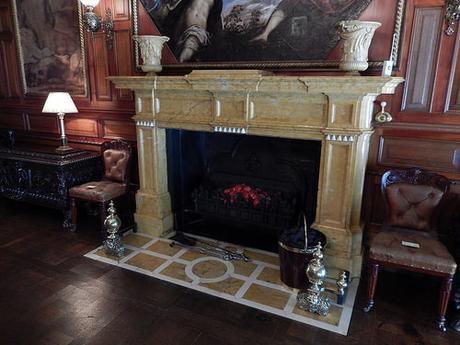
I think the turtle below was made from ebony, although it was one of many valuable items curtained in the center of the room.
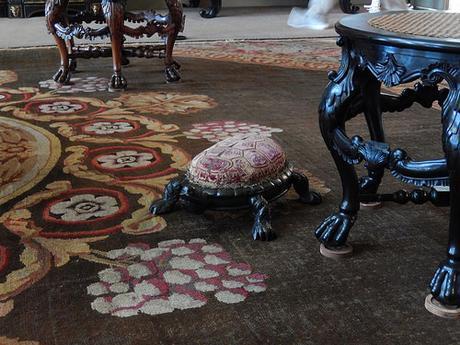
As often with these places, some of the woodwork and marquetry detailing was exquisite, to say the very least.
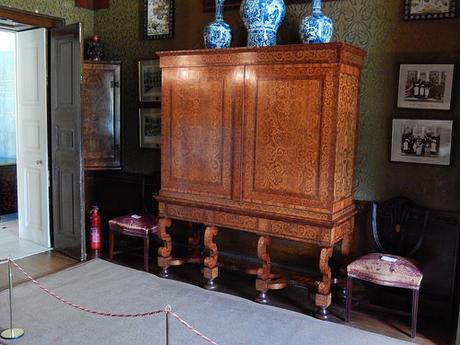
Beginning my ascent of the main staircase up on to the first floor, I noticed this frieze [if that’s what it’s called] that reminded of one of the scenes from the film, The Haunting.
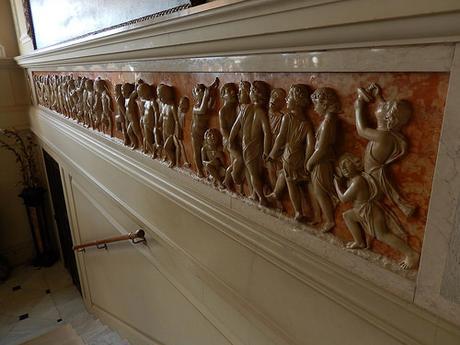
At the top of the landing, there were some information boards demonstrating what the house looks like when the rooms are closed for cleaning during the winter months.
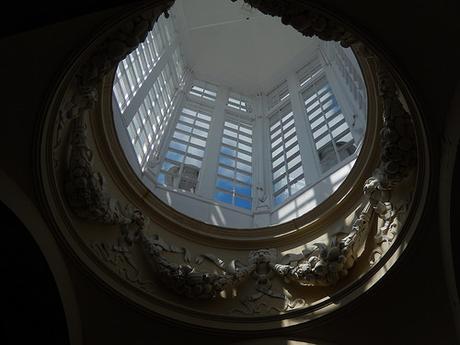
Basically, all the furniture is covered in white sheeting while the walls and ceiling are dusted. It’s not simply a case of running around with a vacuum cleaner in a home like this; containing artefacts and antiques that may be hundreds of years old.
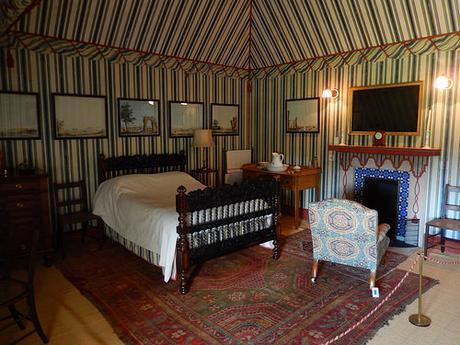
It would be fair to say that the decoration in one of the children’s bedrooms would’ve been for an acquired taste, even in the 19th Century.
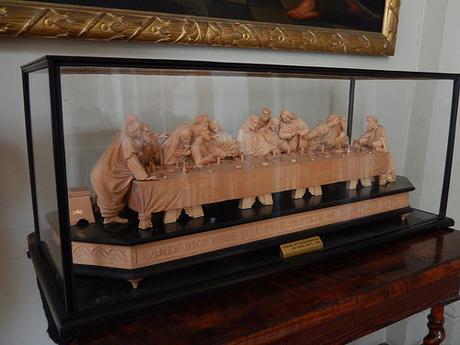
Elsewhere on the landing, was this incredibly detailed carving of The Last Supper.
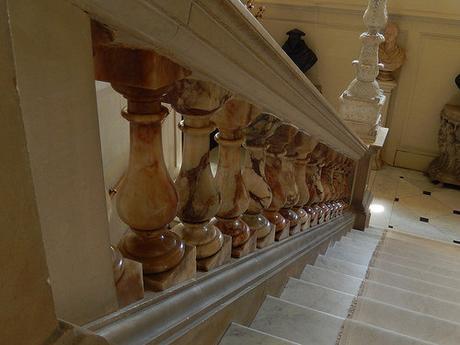
As ever with these places; some of the ceilings inside were just astonishing:
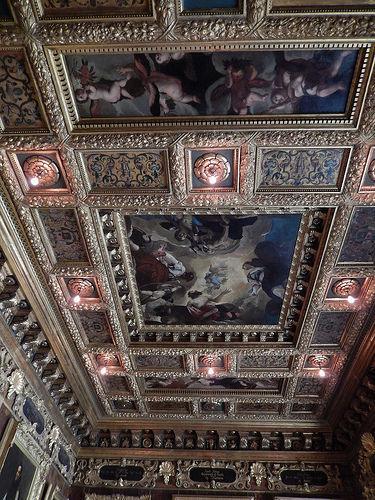
When I arrived at one of the final rooms with the Egyptian artefacts on display, I was a little disappointed to find little more than an array of stone tablets. So much so, that I refrained from taking any photographs in there. I guess I was hoping for more in the range of sarcophagi and gold cups…
But then, I had to remind myself this was the largest private collection in the UK and not a museum.

With temperatures beginning to rise as the morning made way for lunchtime, I completed my indoor tour to step outside for fresh air and breathing space.
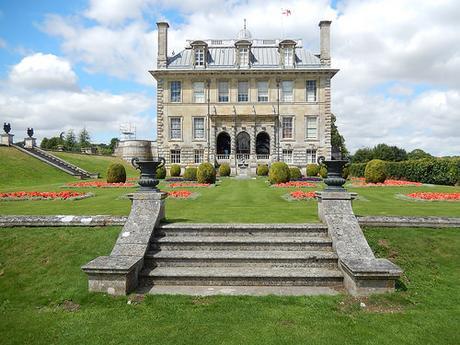
Without straying too far from the house, I found my way through an unlocked gate and up on to the raised garden.
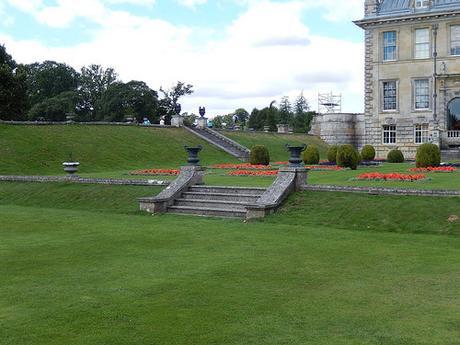
…But as I made my way up to the second set of steps on the left, I reached a chain, on the other side of which was a sign stating that public access was not permitted… Suggesting I shouldn’t have been where I was, even though I saw no other warnings and, fortunately, no-one was banging on any of the windows to shoo me off!
It made me realize that you never see security guards at National Trust places.
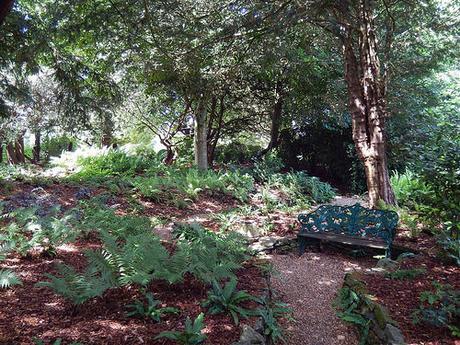
Speaking of family finds from Egyptian excavations over a century ago, one of the most prestigious lies outside in the private grounds; standing tall, proud and away from other non-Egyptian obelisks.
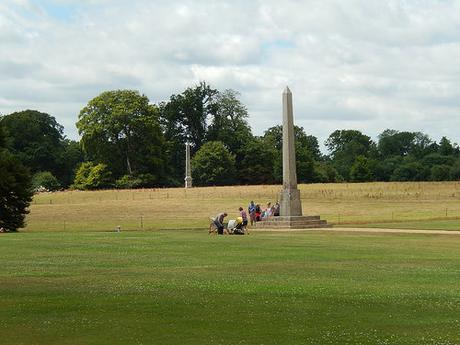
(…I don’t think that was the Egyptian one – which you’ll see further down.)
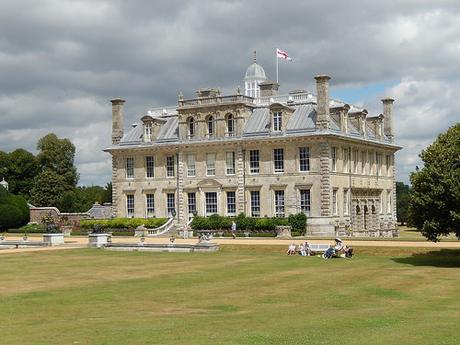
While I was researching this place on the National Trust’s website, ahead of my weekend in Dorset; I noticed a spectacular photo of an avenue of trees creating a tunnel over a clear pathway… I came here with the determination to find it…
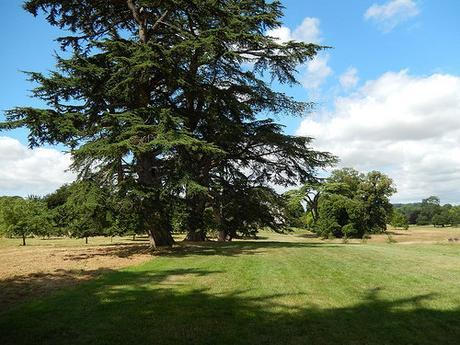
On the visitor map I was handed, I could see a couple of ‘tree avenues’ marked out, with the first being only a short distance from the house with its possibly-private garden.
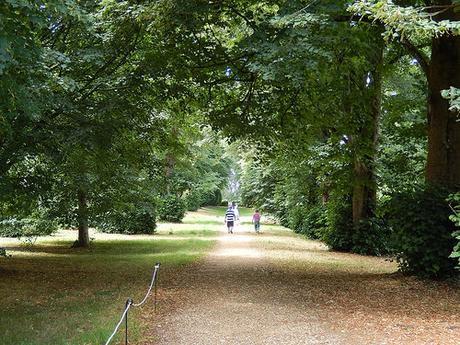
I eventually made my way around the entire estate and, I think, walking up and down two corridors of lime trees (plus one other) but without finding the one fixated in my memory.
By the time I would come to leave the estate and head home, I’d feel a quite frustrated that I hadn’t been able to see one of the main points of interest I’d hoped to discover… Then, as I drove along the B3082 towards Blandford Forum, I realised it was the road that bordered the estate that where these trees could be seen, arching over the tarmac!!
Whipping my camera single-handed as I line of fast-moving cars came up behind and passed beside; that was never going to happen. Still, I could appreciate the views as I motored along in my car. Sometimes, it’s not important to capture a shot when you can witness it for yourself.
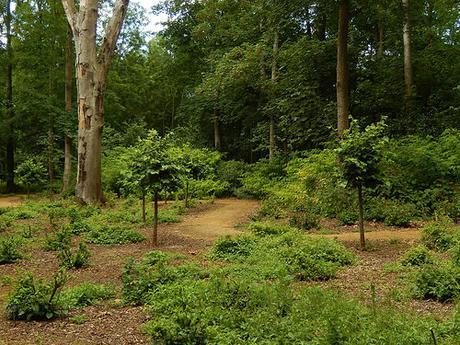
Anyway. Continuing my walk around the grounds of Kingston Lacy, I made my way through the arboretum and on towards the kitchen gardens, as I believe they were called.
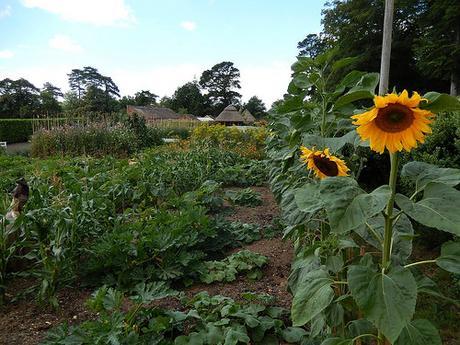
It’s an area that appears to be maintained in some way by the National Trust and, at the same time, I got the impression that other locals were using this land to grow their own produce.

I can think back to my childhood and how there seem to be more plots for communal allotments around. Now, even where the land hasn’t been developed upon, it’s been reverted to a plain green space. With new housing becoming increasingly less-affordable and a shortage of green land to build upon, I can’t help but think that we could somehow do more to preserve such spaces in every village and even the towns.

It was an interesting to place to walk around.
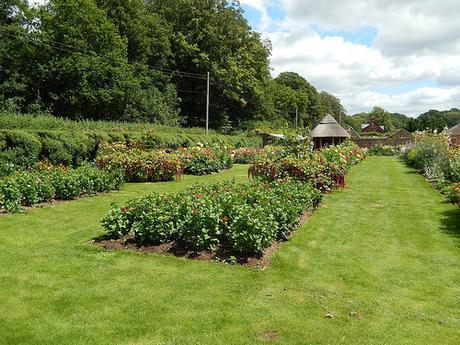
Quite the unexpected diversion that I’m certainly not using to finding on National Trust land.
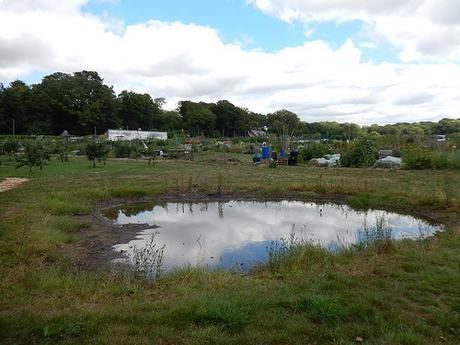
Another volunteer, hard at work…
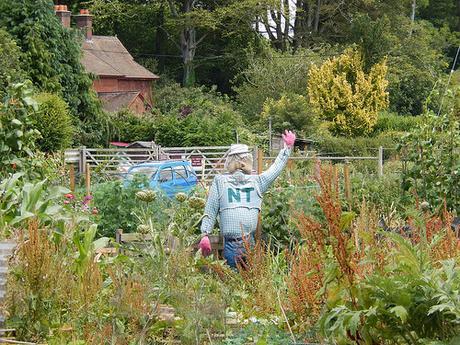
Near the center of the plot, there’s a stand where you can buy ice cream and cold drinks.
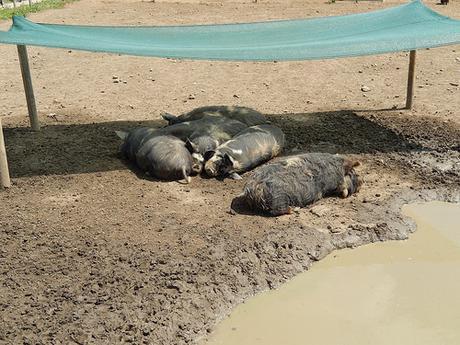
At the other end, you’ll find the pigs, which should be one of the main attractions of anyone’s visit to the estate.
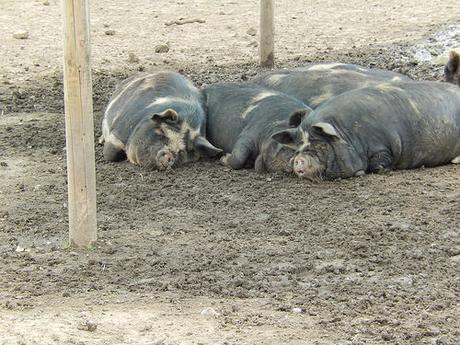
In another area, they have micro pigs all grouped together:
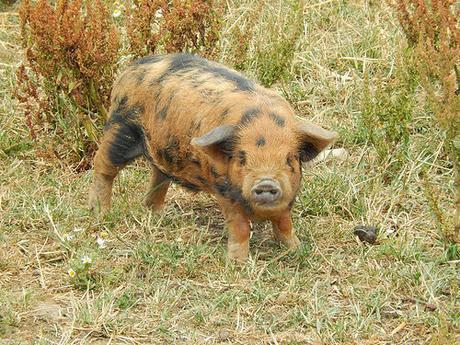

For anyone who worries about their own snoring, it’s worth paying attention to roar that emanates from the snouts of these two, should you arrive at the right time:
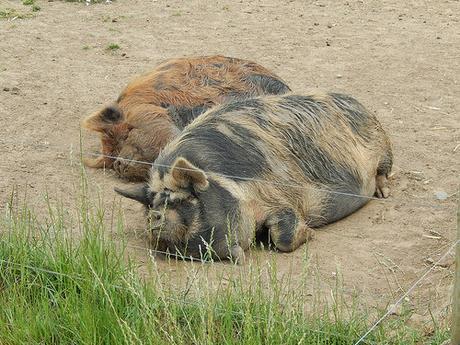
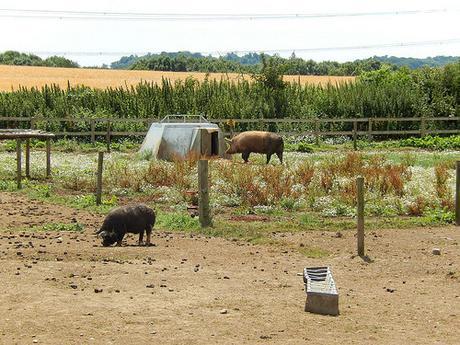
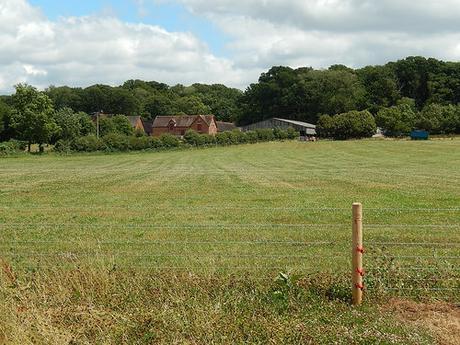
Heading back in towards the main estate and I passed by the Japanese gardens that were an homage to what was once tendered for by the Banks family.

Their most authentic example is shielded from the public’s intrusion. Your best bet is to discover the discreet viewing point behind a bamboo wall.

There’s barely room for too and the view is slightly obscured by other plants but it does come with an additional audio description.
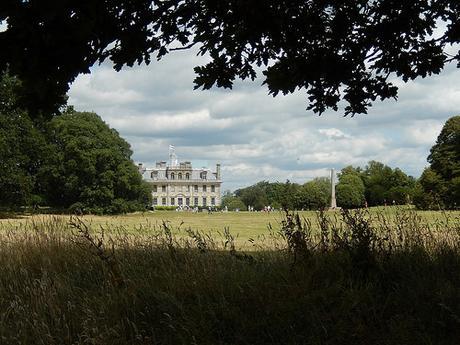
Further walks through woodland will take you back around to the other side of the house.
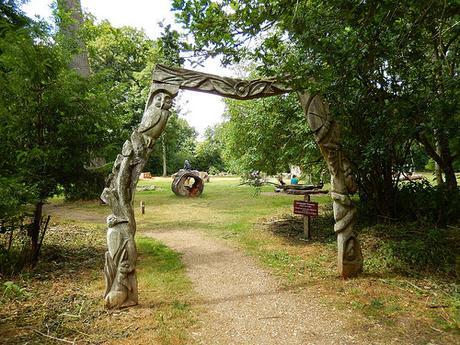
Kids are welcomed to one of several play areas nearby, with much of the apparatus sculpted from chunks of what definitely smelled like unmistakable cedar.

Heading towards the completion of my circuit around the estate and with a mind on grabbing something for lunch, I finally spotted the herd of red ruby Devonshire cattle in the adjacent field.
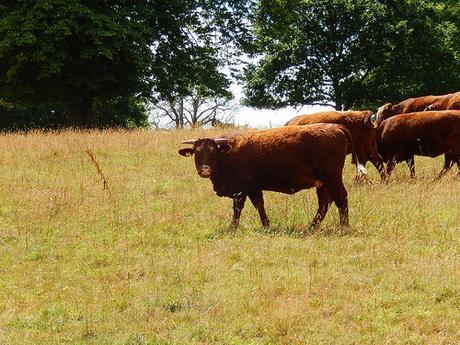
Until this point, I’d been concerned that I might not see them. But with that part of my mind now at ease, I could head in to the café area for some food… There wasn’t anything on the menus that appealed to my ‘particular’ tastes and so, I purchased a sandwich, a packet of crisps and a cold drink – all of which came to the frightening total of £7!
It was then a case of finding somewhere quiet to sit down…
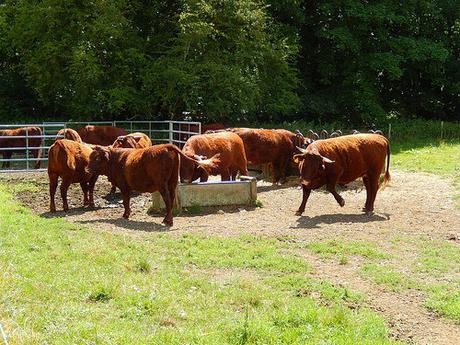
As I made my way back in to the woods, hoping to find a bench where I could rest and eat in relative peace with the added benefit of shade; I spotted the cattle again, who had made their way to another corner of the field.
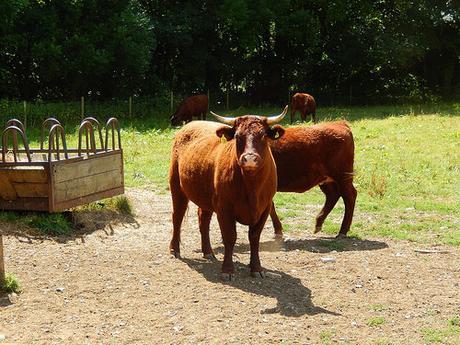
There was no danger, with a strong fence between us.
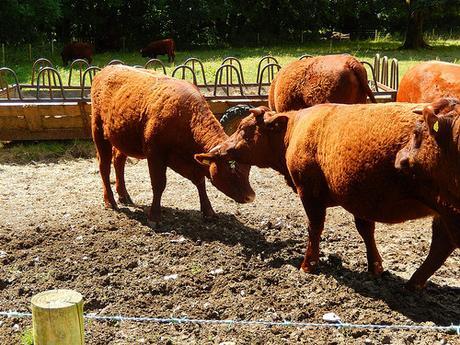
Here they were, simply for admiration.
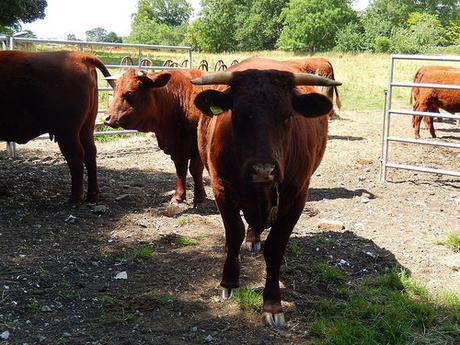
Below, I think this was the Egyptian obelisk, which I mentioned earlier. Located close to where I saw the cattle a second time.

So, Kingston Lacy must go down as another National Trust property that I can highly recommend. I never know quite what to say when writing about these places (especially when it comes to interiors, history and architecture) but I do hope that my photos, at least, have given you a good idea of what you can expect if you are planning your own visit.
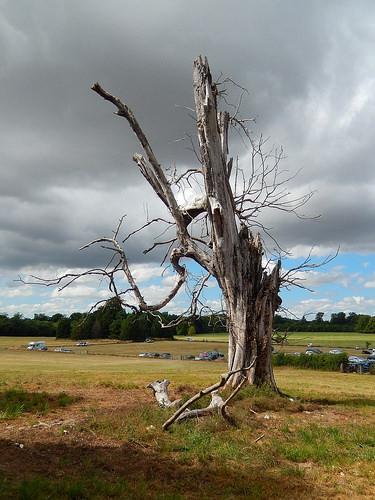
Thank you for reading.
